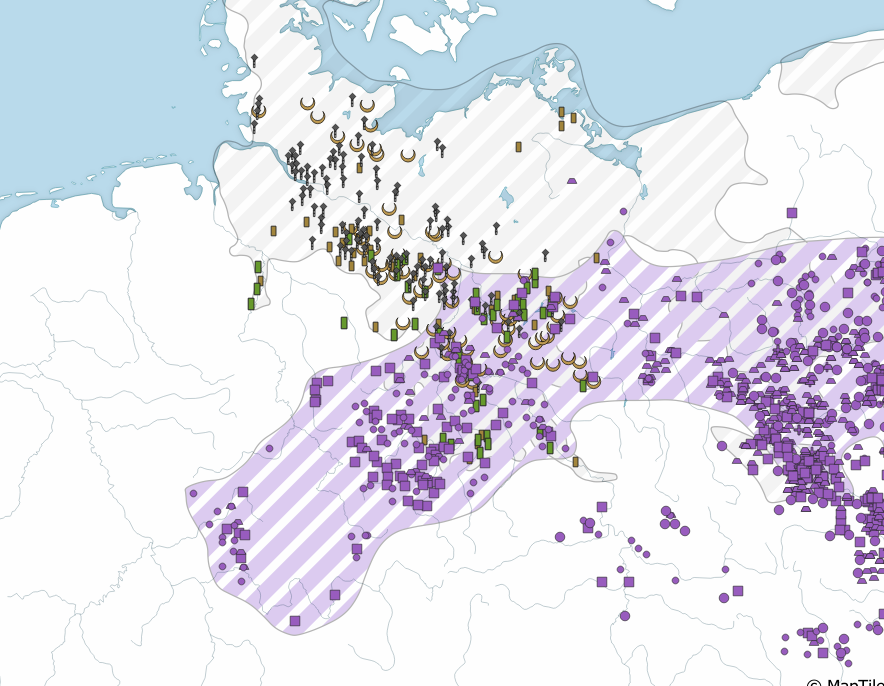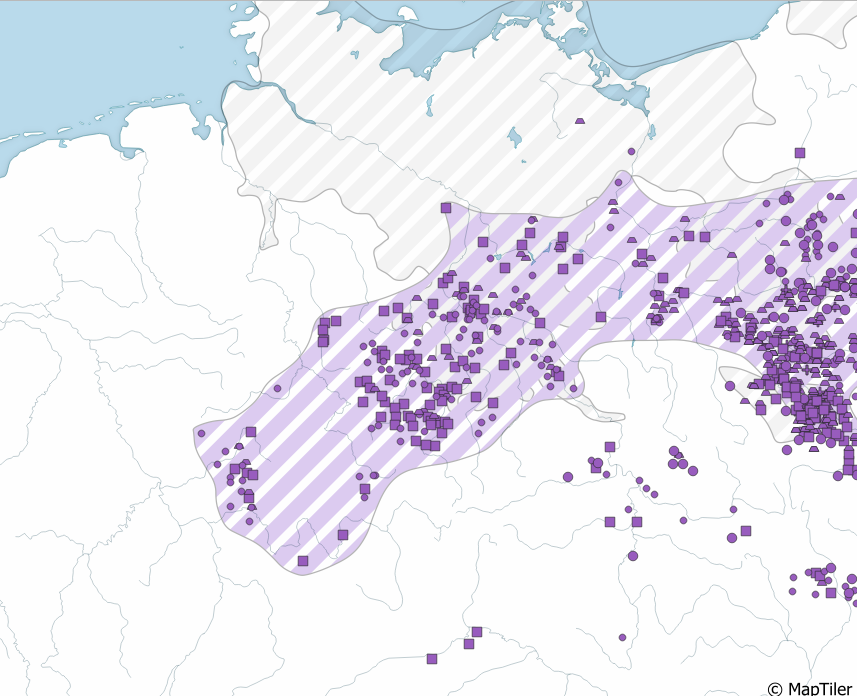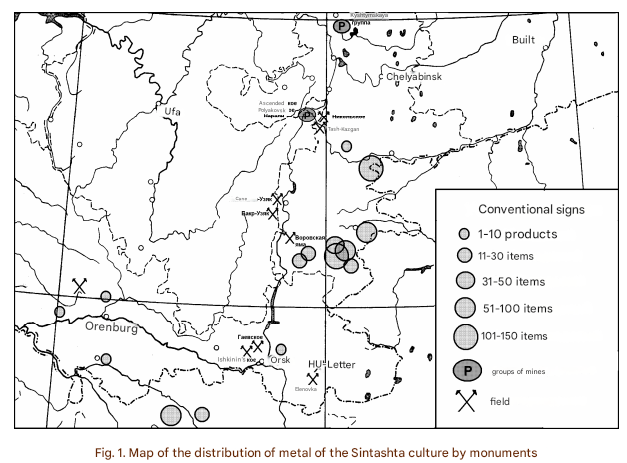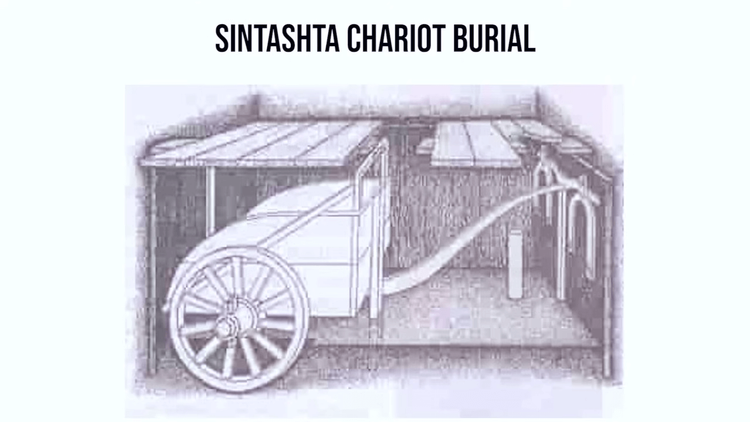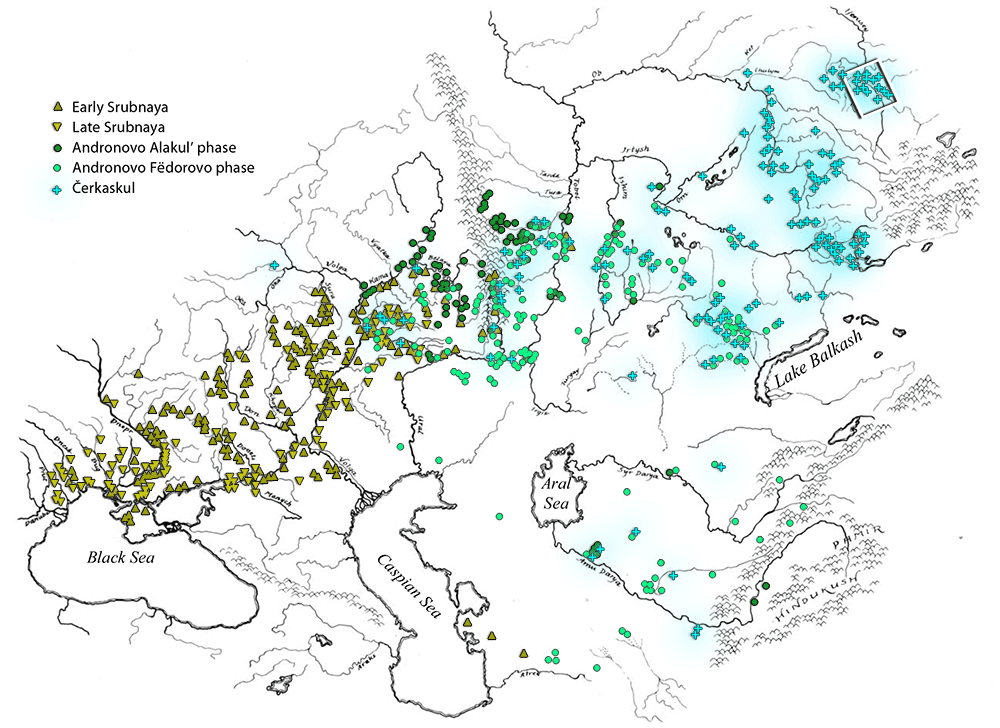MAP OF THE SUEBI ELBE GERMANIC TRIBES
Map of Archaeological Finds of the Suebi/Elbe germanic Groups and the Alamanni, with Quotes from Tacitus.
Full resolution and Thread below ⬇️
The Suebi were the largest and most powerful tribal confederation in Germania, constituing of the Hermunduri, Semnones, Langobards, Warini, Markomanni, Quadi, Naristi, Marsingi and Buri.
Map of Archaeological Finds of the Suebi/Elbe germanic Groups and the Alamanni, with Quotes from Tacitus.
Full resolution and Thread below ⬇️
The Suebi were the largest and most powerful tribal confederation in Germania, constituing of the Hermunduri, Semnones, Langobards, Warini, Markomanni, Quadi, Naristi, Marsingi and Buri.
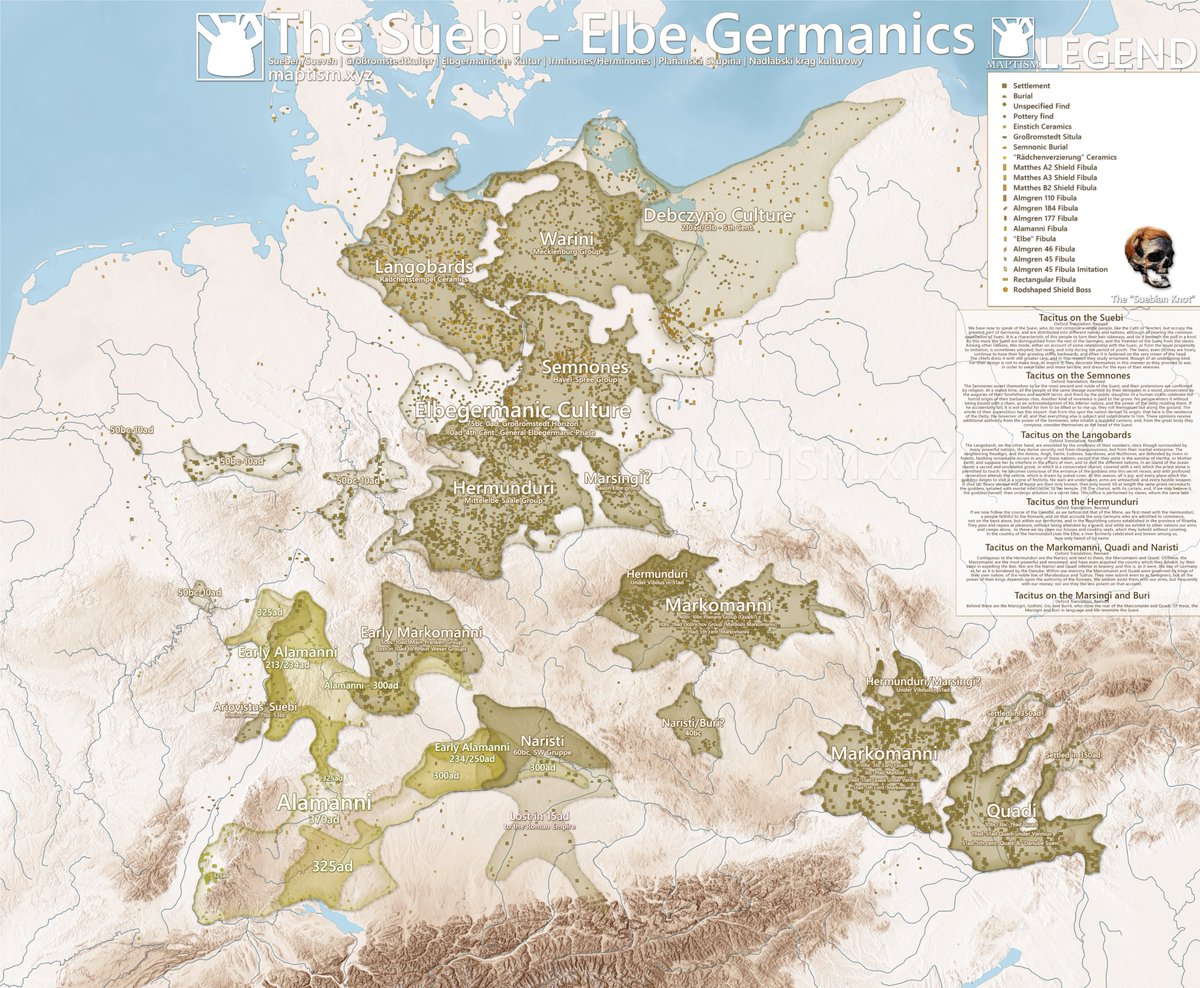
Full resolution link: maptism.xyz/wp-content/upl…
The Suebi first appear under Ariovistus, invading Gaul in search of new land, possibly leaving the Suebi Homeland due to Pressure from the Vandals.
A group of finds of the Großromstedt Culture (early Elbegermnaic) along the Rhine possibly allows tracing the Suebi of Ariovistus in the Material Record.
A group of finds of the Großromstedt Culture (early Elbegermnaic) along the Rhine possibly allows tracing the Suebi of Ariovistus in the Material Record.
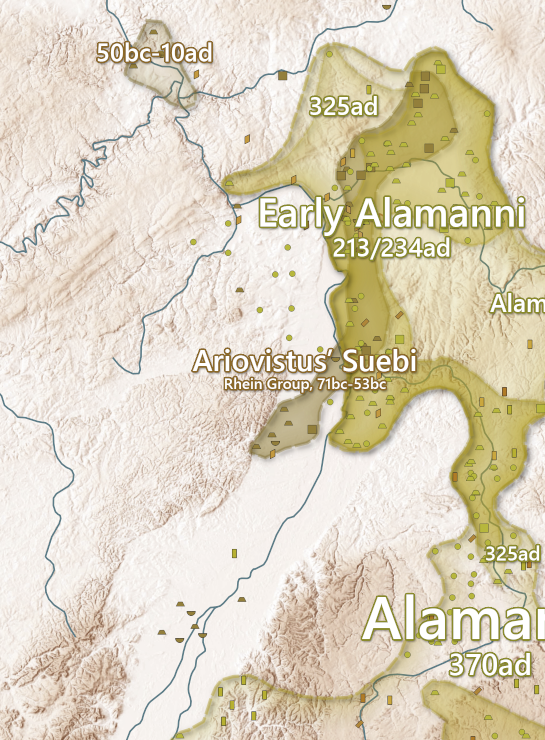
The Großromstedt Culture also briefly settled large parts of Western Germany, where they possibly contributed to and were later replaced by the Weser-Rhine Germanic Groups. 
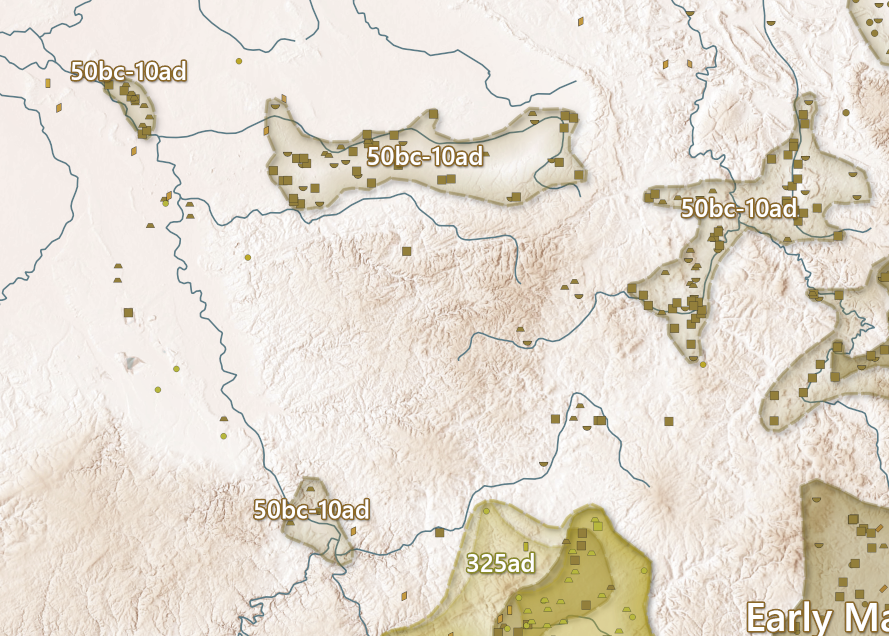
The Markomanni, prior to their migration to Czechia, most likely lived in the Main area, where they were defeated utterly by the Romans under Drusus that they were forced to Migrate.
It was after this point that they came to be Ruled by Marbod, a man that Paralells Arminius in almost all aspects.
It was after this point that they came to be Ruled by Marbod, a man that Paralells Arminius in almost all aspects.
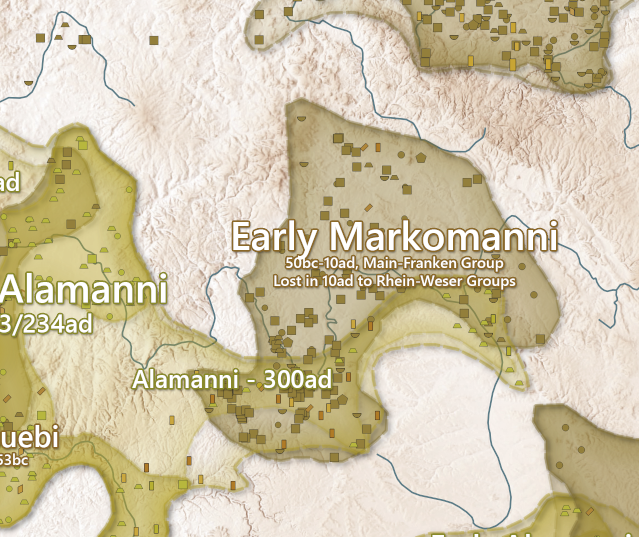
Marbod grew up in Rome, just like Arminius, where he learnt Roman ways, Culture, and most important Military Strategy and Organization. Marbod returned to the Markomanni after their defeat to assume leadership, althoug probably not with Roman Consent and Sanctioning.
Marbod would lead the Markomanni to settle Bohemia, the land which was previously inhabited by the Celtic Boii...
Or was it? Archaeological Evidence actually suggests that Bohemia had been settled by the Großromstedt Culture (Early Suebi) in 40bc already, 30 years prior to the Markomanni Migration. This early Suebi group is called the Planany Group (Plananska Skupina) in Archaeological Literature. It is plausible that they were the early Quadi.
Or was it? Archaeological Evidence actually suggests that Bohemia had been settled by the Großromstedt Culture (Early Suebi) in 40bc already, 30 years prior to the Markomanni Migration. This early Suebi group is called the Planany Group (Plananska Skupina) in Archaeological Literature. It is plausible that they were the early Quadi.
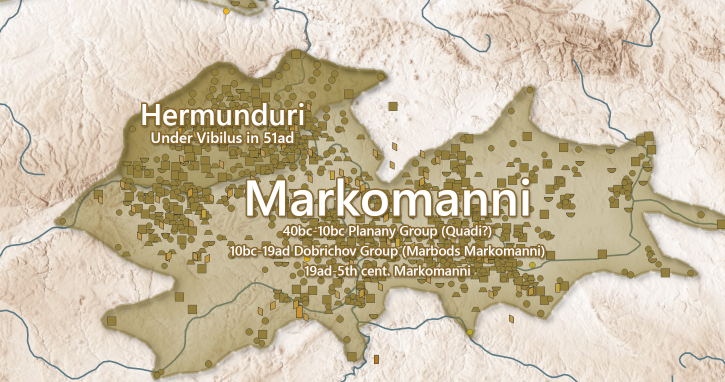
Comparing the early Suebic Settlement and Celtic Settlement, it is clear that the Celts were far more populous and settled than the Suebi, and the sites of the Planany Group are much fewer than those of the Boii of the Latene Culture. 

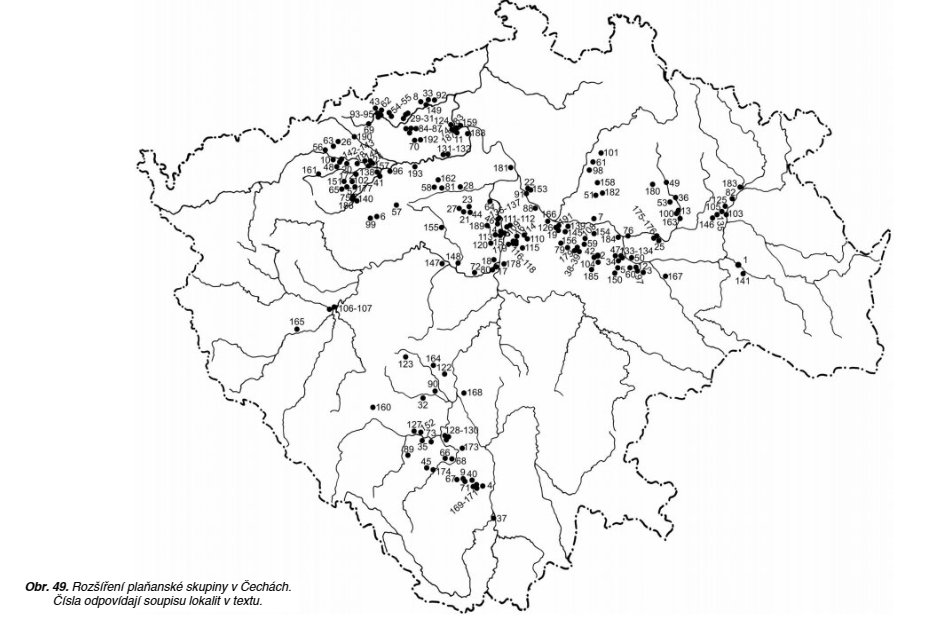
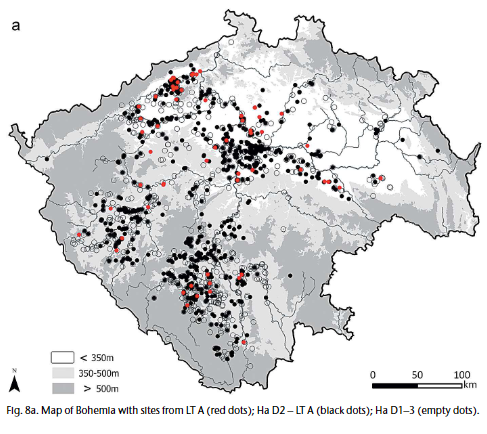
The claim that the Markomanni drove out the Boii is also false. The Boii abandoned their settlements together with the Helvetii to embark to Gaul, and these early Germanic Settlers found largely completely abandoned land. This is also visible for Southern Germany, where Germanic Groups moved in around 60-40bc to find largely empty land, with no reuse of Latene sites, and far sparses habitation.

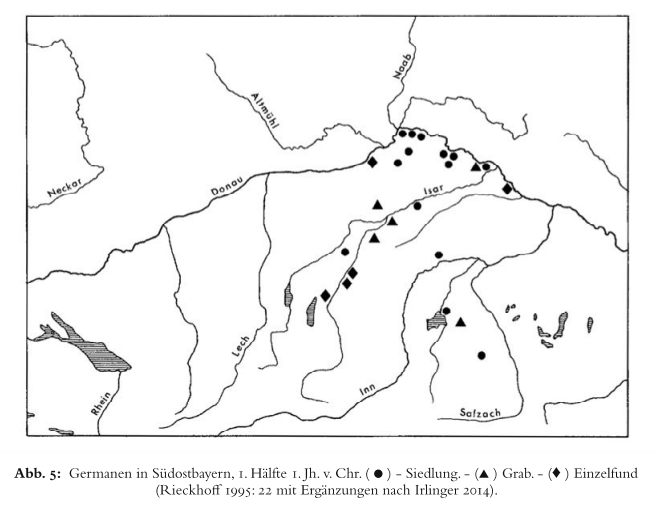
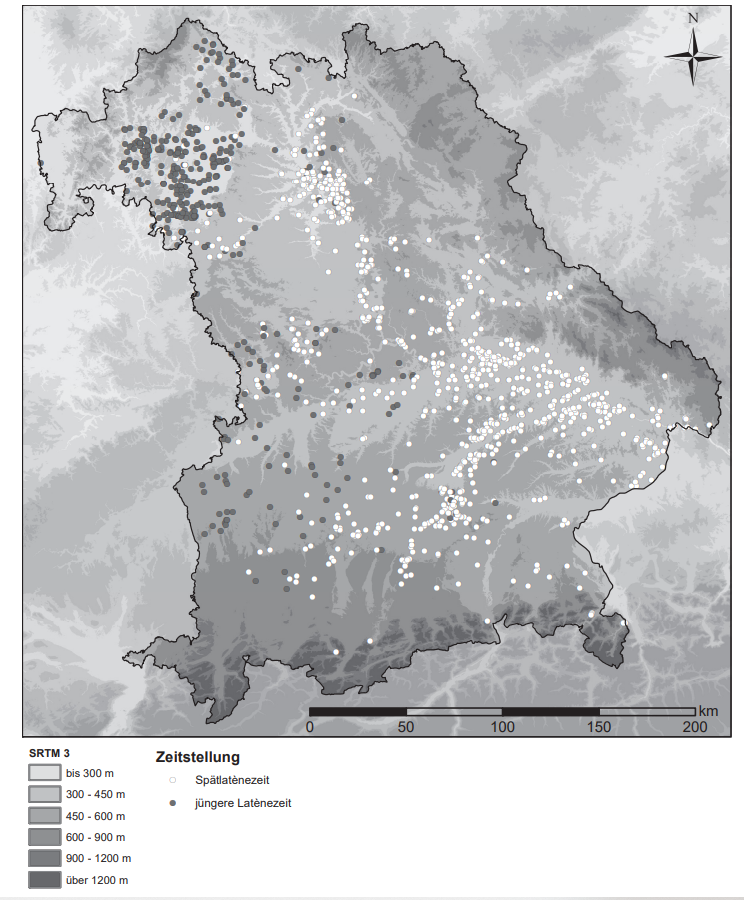
Around 10bc, the Markomanni proper arrive into Bohemia, the time of Marbods Empire is called the Dobrichov Group in Archaeological Literature, and during this time the southern part of Bohemia was temporarily abandoned. Around 5-3bc Marbod expands his Empire also toward Moravia and the Quadi. It is unclear when exacly the Quadi arrived in Slovakia, but i find it plausible to be between the times of the Markomannic arrival and the Expansion of Marbods Empire.

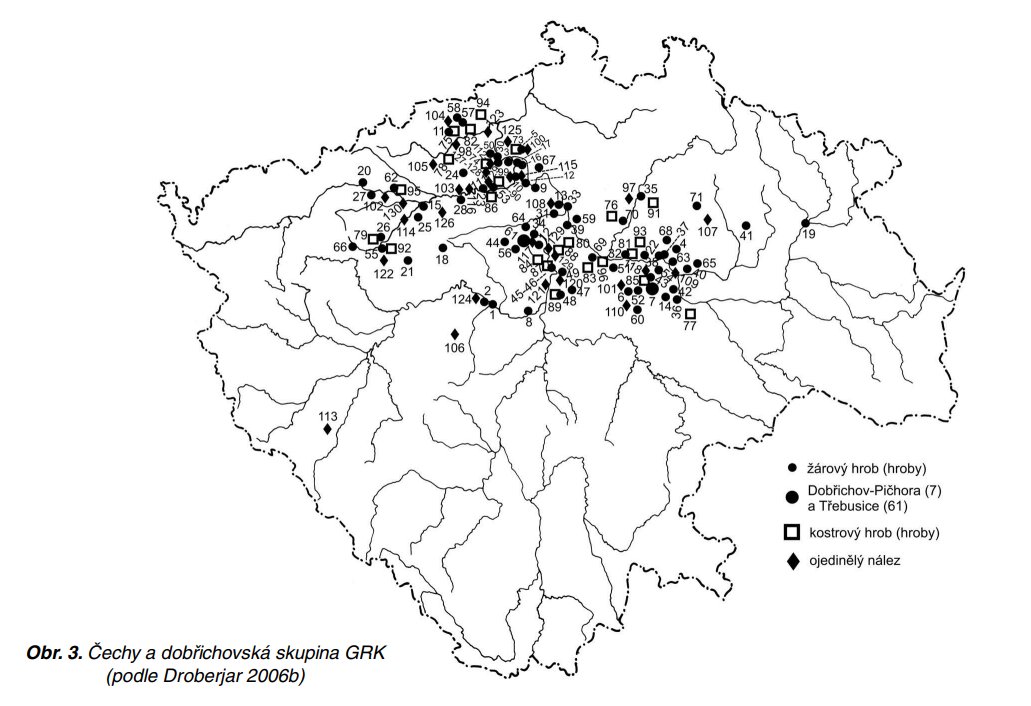
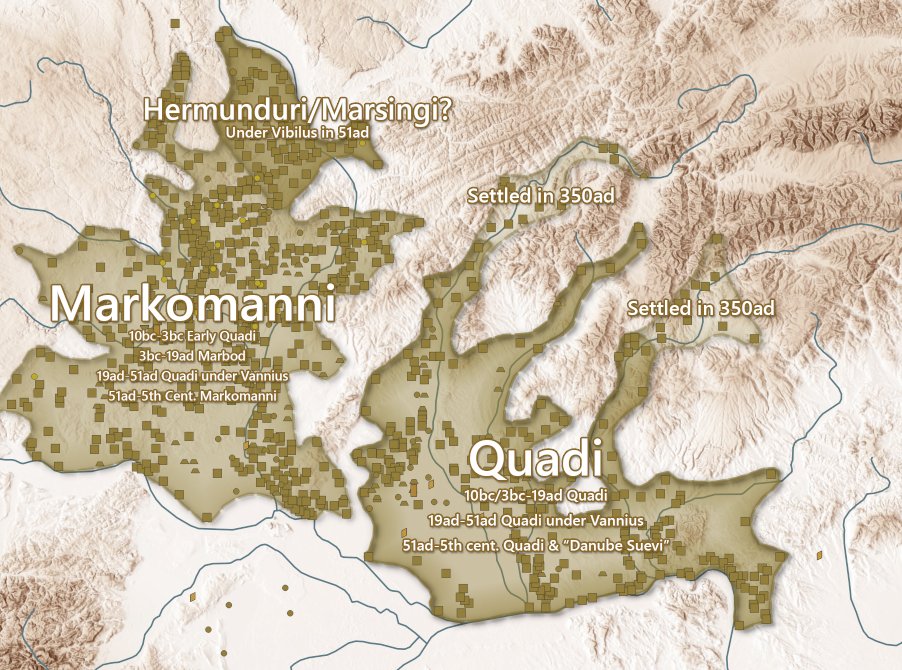
The full extent of Marbods Empire was massive, Including the Hermunduri, Langobardi, Quadi, Semnones, Lugii, and possibly the Gotones.
The Markomannic Empire contested with the Federation Arminius had forged, where the two men who both grew up in rome, to both return to their ancestral tribes to lead them to greatness came to war. Marbod and Arminius were as much paralells as they were inversions of another, as Arminius was a staunch enemy of Rome while Marbod was friendly to Rome and sought alliance with them, and refused Arminius' initial offer for an alliance against Rome.
The Markomannic Empire contested with the Federation Arminius had forged, where the two men who both grew up in rome, to both return to their ancestral tribes to lead them to greatness came to war. Marbod and Arminius were as much paralells as they were inversions of another, as Arminius was a staunch enemy of Rome while Marbod was friendly to Rome and sought alliance with them, and refused Arminius' initial offer for an alliance against Rome.

After Marbod's defeat by Arminius, he was Usurped by another Markomanni called Catualda, who was exiled by Marbod in his youth to live amongst the Goths until he returned to his home, probably with Gothic military support, to dethrone Marbod and assume the Throne for himself.
This did not last long however, as quickly after the Quadi under Vannius along with the Vandals declared war on the Markomanni and Catualda was dethroned by Vannius, who ruled over both the Markomanni and Quadi until 51ad. Vannius himself would be deposed by the Hermunduri under Vibilus, who conquered and then settled Markomanni Territory in Northern Bohemia and Moravia.
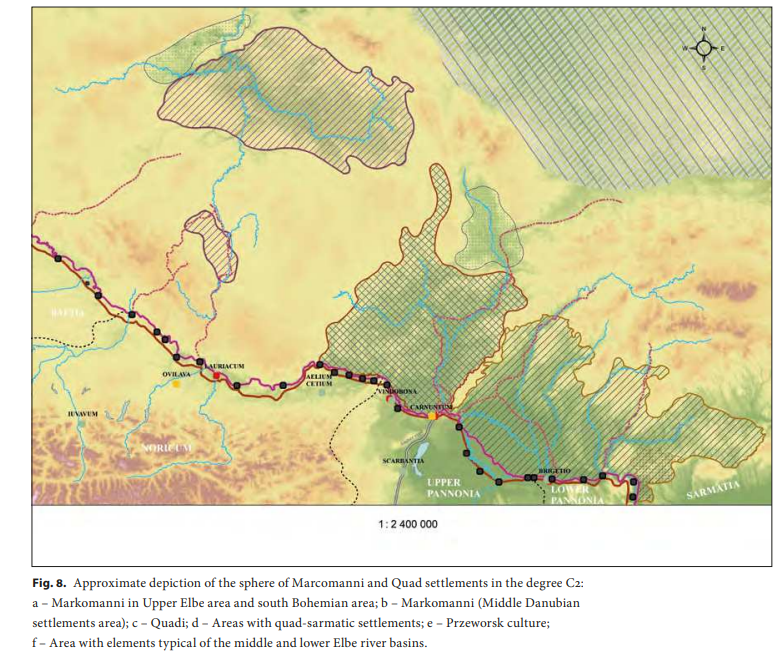
The other Constituent Tribes of the Suebi do not have a history as well recorded as that of the Markomanni, but here are what Tacitus had to say on them. I do not wish to Paraphrase Germania, as the Original Text is amazing and worth a read yourself: 
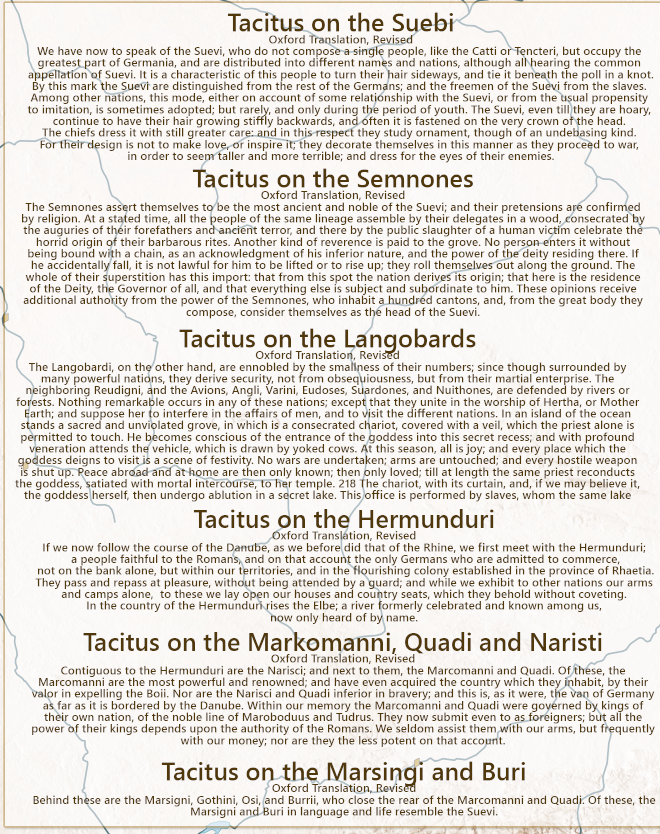
Back to the Origins of the Suebi and the Großromstedt Culture:
The Großromstedt Culture developed on the basis of the Late Jastorf "Seedorf" phase, with influence from the Celts to their south, but seemingly under occupation by the Vandals since either 150 or 100bc.
The Großromstedt Culture developed on the basis of the Late Jastorf "Seedorf" phase, with influence from the Celts to their south, but seemingly under occupation by the Vandals since either 150 or 100bc.
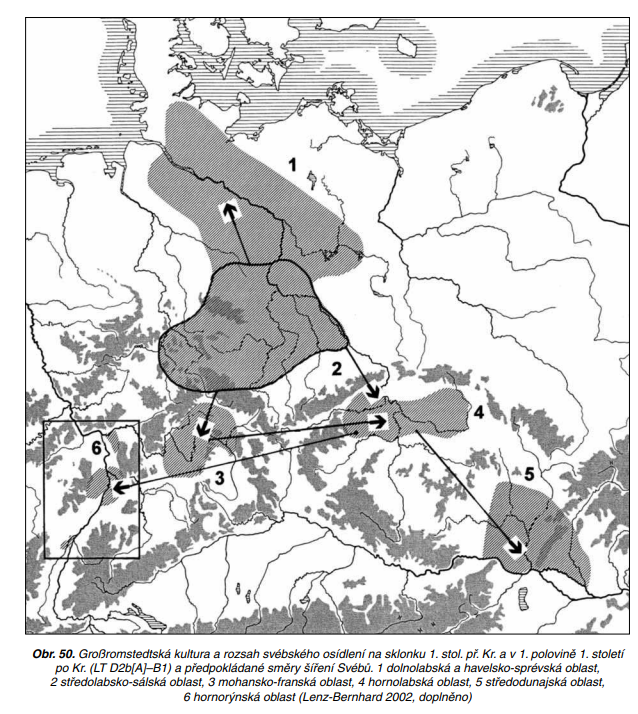
The Presence of Przeworsk Culture sites in Central Germany is Characterizing of the period 150bc-50bc, the "Origo Gentis Langobardorum" possibly mentions this Vandalic Presence in speaking of the Langobardic Origin Myth, in which they were previously called "Winnili", until winning a battle with the Vandals, after which they assumed the name Langobards, which was already recorded in the 1st century ad.
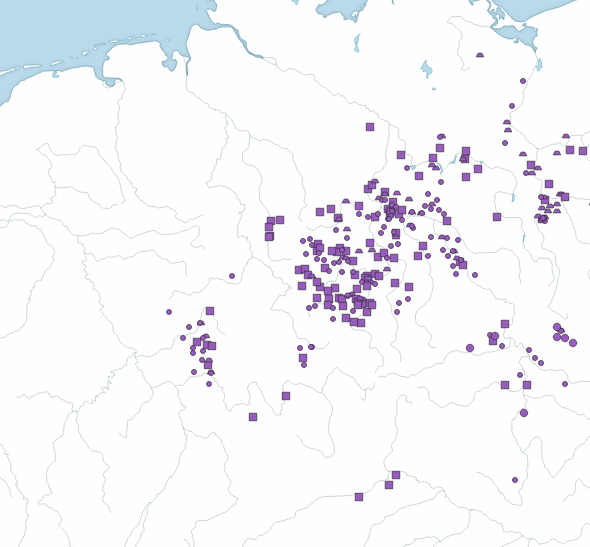
Indeed, we do see evidence of elements moving from the North, in the Langobardic homeland, to the south, mainly the Situlae of the Großromstedt Culture, although its other Elements develop in Central Germany. 
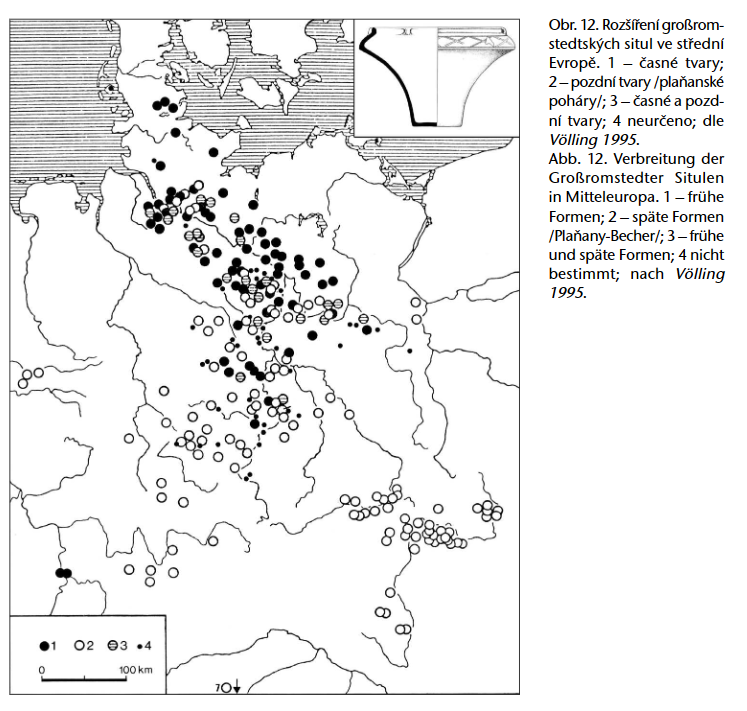
Sometime in the 3rd Century, the Alamanni start appearing, from where they moved southwards and invadae the Agri Decumates of the Roman Empire and force the Limes back to the Rhine and Alps. 
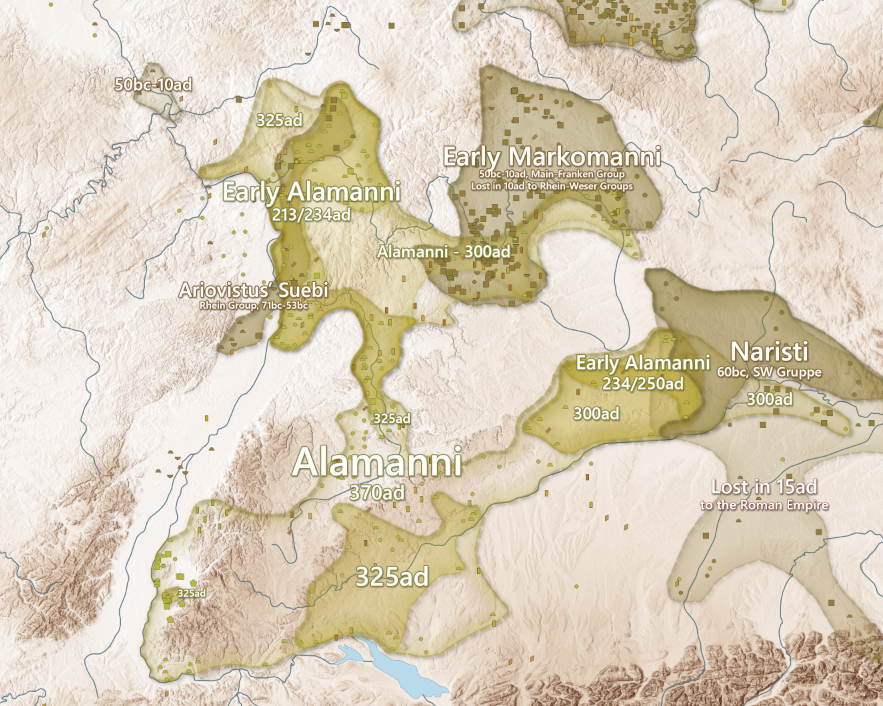
Around this time in the 3rd Century, another Suebic Group moves Northeast, Driving out the Goths and the Lubus Culture. This group is called the Debczyno Culture, and its unclear what tribe they could be linked to. 
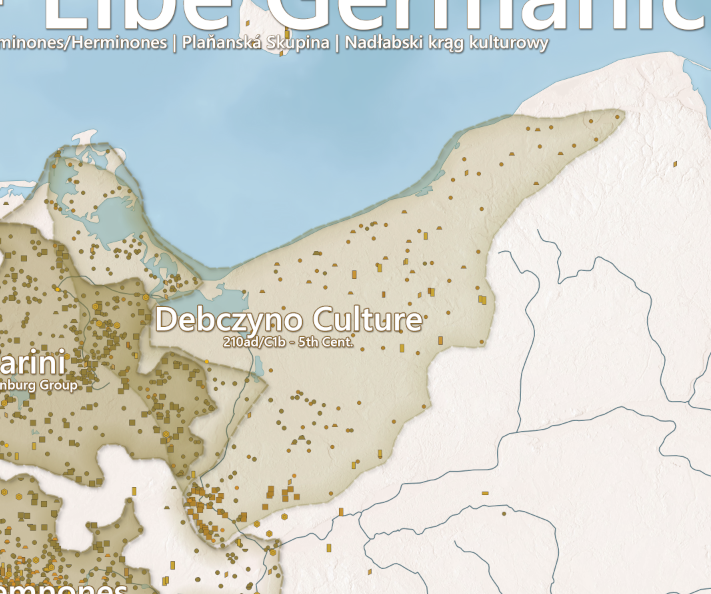
The Hermunduri and Semnones would later Evolve into the Thuringians, Who also Settle Bohemia and as such end the Markomanni. The Langobards would migrate south and take Moravia, then Transdanubia and finally Italy, becoming the Lombards. The Quadi hold out, surviving as the "Danube Suevi", while other Suebi cross the Rhine and invade Iberia, forming the Suebi Kingdom. It is also likely that the Bajuvari, later Bavarians, develop out of the Alamanni.


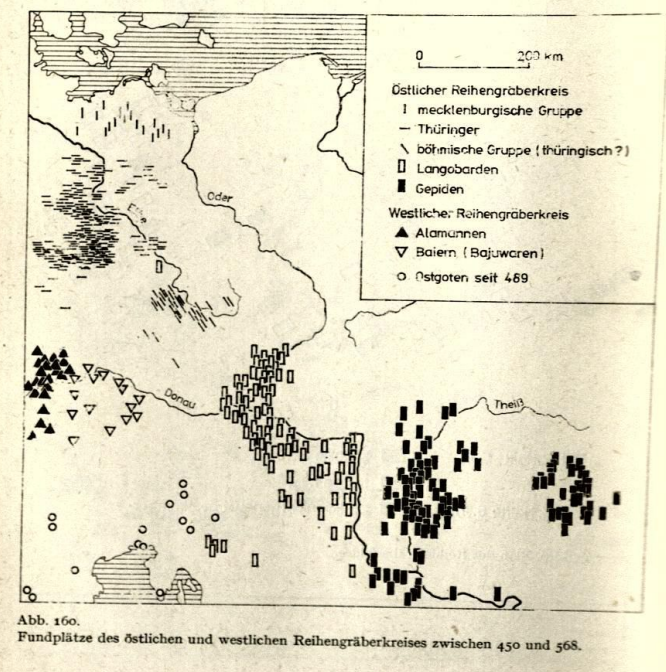

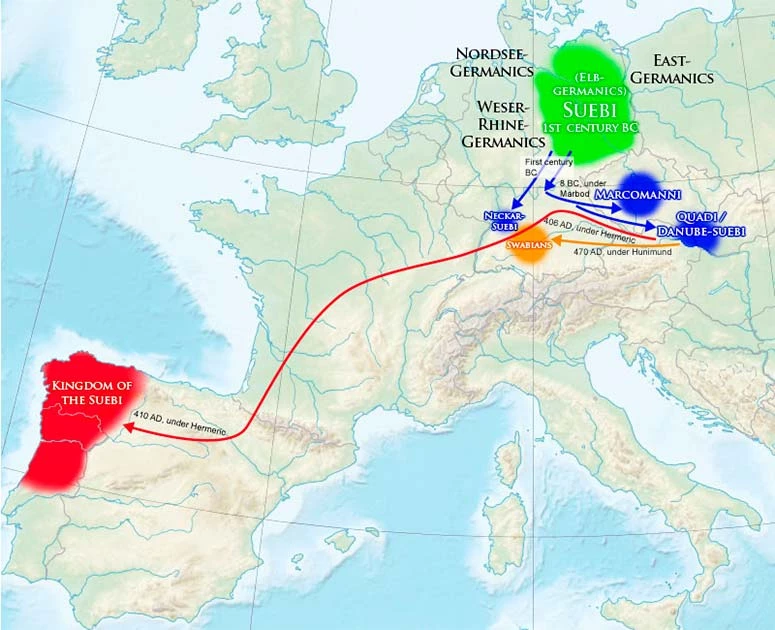
That concludes the Thread.
Sources:
"Mitteleuropa zur Zeit Marbods, Vladimír Salač – Jan Bemmann (Hrsg.)"
"Bonner Beiträge zur Vor- und Frühgeschichtlichen Archäologie Band 12"
"Heiko Steuer „Germanen“ aus Sicht der Archäologie Neue Thesen zu einem alten Thema Teil 1"
academia.edu/34432511/Studi…
academia.edu/figures/118714…
d1wqtxts1xzle7.cloudfront.net/61670012/Rieck…
academia.edu/5685668/Contri…
researchgate.net/profile/Marzen…
academia.edu/102608058/Die_…
academia.edu/5685794/Neue_E…
academia.edu/38519052/Zur_M…
academia.edu/1981650/Das_Br…
academia.edu/20288870/Regio…
academia.edu/31151616/Karla…
academia.edu/33502659/Reszc…
Sources:
"Mitteleuropa zur Zeit Marbods, Vladimír Salač – Jan Bemmann (Hrsg.)"
"Bonner Beiträge zur Vor- und Frühgeschichtlichen Archäologie Band 12"
"Heiko Steuer „Germanen“ aus Sicht der Archäologie Neue Thesen zu einem alten Thema Teil 1"
academia.edu/34432511/Studi…
academia.edu/figures/118714…
d1wqtxts1xzle7.cloudfront.net/61670012/Rieck…
academia.edu/5685668/Contri…
researchgate.net/profile/Marzen…
academia.edu/102608058/Die_…
academia.edu/5685794/Neue_E…
academia.edu/38519052/Zur_M…
academia.edu/1981650/Das_Br…
academia.edu/20288870/Regio…
academia.edu/31151616/Karla…
academia.edu/33502659/Reszc…
Sources (Cont.)
"Die Alamannen auf dem Zähringer Burgberg"
"The Alamanni and Rome 213-496 (Caracalla to Clovis)"
"Alamannen Sturm auf Rom -- Michael Haase -- München, 2015"
"Frühe Alamannen im Breisgau_ Untersuchungen zu den Anfängen Christel Bücker; mit Beiträgen von Irmtrud B. Wagner"
"Alemannen und Franken (Ergänzungsbände zum Reallexikon der -- von Frank Siegmund -- Ergänzungsbände zum Reallexikon der Germanischen"
archiv.ub.uni-heidelberg.de/propylaeumdok/…
archiv.ub.uni-heidelberg.de/artdok/698/1/G…
d1wqtxts1xzle7.cloudfront.net/31393013/2001_…
d1wqtxts1xzle7.cloudfront.net/99916593/PA_20…
d1wqtxts1xzle7.cloudfront.net/102250655/Brat…
annas-archive.org/md5/81d889276d…
academia.edu/39720918/The_I…
archeologickerozhledy.cz/index.php/ar/a…
academia.edu/5686976/Plaňan…
"Die Alamannen auf dem Zähringer Burgberg"
"The Alamanni and Rome 213-496 (Caracalla to Clovis)"
"Alamannen Sturm auf Rom -- Michael Haase -- München, 2015"
"Frühe Alamannen im Breisgau_ Untersuchungen zu den Anfängen Christel Bücker; mit Beiträgen von Irmtrud B. Wagner"
"Alemannen und Franken (Ergänzungsbände zum Reallexikon der -- von Frank Siegmund -- Ergänzungsbände zum Reallexikon der Germanischen"
archiv.ub.uni-heidelberg.de/propylaeumdok/…
archiv.ub.uni-heidelberg.de/artdok/698/1/G…
d1wqtxts1xzle7.cloudfront.net/31393013/2001_…
d1wqtxts1xzle7.cloudfront.net/99916593/PA_20…
d1wqtxts1xzle7.cloudfront.net/102250655/Brat…
annas-archive.org/md5/81d889276d…
academia.edu/39720918/The_I…
archeologickerozhledy.cz/index.php/ar/a…
academia.edu/5686976/Plaňan…
Sources (Cont. 2)
"Die Geschichte der Elbgermanen vor der Voelkerwanderung in ihren Hauptzuegen, von Paul Wislicenus"
"Auf der anderen Seite des Limes Archäologische Schwerpunktgrabung in einer germanischen Siedlung im Taubertal"
"Zur Pferdegrabsitte in der Alamannia während der frühen Merowingerzeit Von Helga Schach-Dörges"
"Aspekte östlichen Kultureinflusses
während der rölnischen Kaiserzeit im Oder-Spree-Gebiet"
"Kontinuität und Traditionen bei Wanderungsbewegungen im frühmittelalterlichen Europa vom 1.-6. Jahrhundert, Horst Wolfgang Böhme"
"Bemerkungen zu einer Karte germanischer Funde
der älteren Kaiserzeit, Rafael v. Ulsar"
"The Migration Period between the Oder and the Vistula (Volumes 1 & 2)"
d1wqtxts1xzle7.cloudfront.net/45100099/Nusse…
d1wqtxts1xzle7.cloudfront.net/101047472/PIET…
d1wqtxts1xzle7.cloudfront.net/33693373/Rajta…
jstor.org/stable/4355545…
annas-archive.org/md5/0b38f8ca22…
d1wqtxts1xzle7.cloudfront.net/76933666/SBzA_…
"Die Geschichte der Elbgermanen vor der Voelkerwanderung in ihren Hauptzuegen, von Paul Wislicenus"
"Auf der anderen Seite des Limes Archäologische Schwerpunktgrabung in einer germanischen Siedlung im Taubertal"
"Zur Pferdegrabsitte in der Alamannia während der frühen Merowingerzeit Von Helga Schach-Dörges"
"Aspekte östlichen Kultureinflusses
während der rölnischen Kaiserzeit im Oder-Spree-Gebiet"
"Kontinuität und Traditionen bei Wanderungsbewegungen im frühmittelalterlichen Europa vom 1.-6. Jahrhundert, Horst Wolfgang Böhme"
"Bemerkungen zu einer Karte germanischer Funde
der älteren Kaiserzeit, Rafael v. Ulsar"
"The Migration Period between the Oder and the Vistula (Volumes 1 & 2)"
d1wqtxts1xzle7.cloudfront.net/45100099/Nusse…
d1wqtxts1xzle7.cloudfront.net/101047472/PIET…
d1wqtxts1xzle7.cloudfront.net/33693373/Rajta…
jstor.org/stable/4355545…
annas-archive.org/md5/0b38f8ca22…
d1wqtxts1xzle7.cloudfront.net/76933666/SBzA_…
Sources (Cont. 3, final)
"The turn of antiquity, Machajewski Henryk"
"Germanien an der Zeitenwende, Völling"
"Zur Besiedlungsgeschichte im nördlichen Mittelelb-Havel-Gebiet um den Beginn unserer Zeitrechnung, ROSEMARIE SEYER"
"Der Urnenfrieöhof auf ber schanze bei Großromstedt,
Dr G. Eichhorn"
d1wqtxts1xzle7.cloudfront.net/32737630/DROBE…
d1wqtxts1xzle7.cloudfront.net/47485123/DROBE…
d1wqtxts1xzle7.cloudfront.net/36623273/Drehs…
academia.edu/6039965/Unters…
academia.edu/74692626/Die_S…
academia.edu/29244731/Mitte…
researchgate.net/profile/Eduard…
repozytorium.ur.edu.pl/server/api/cor…
d1wqtxts1xzle7.cloudfront.net/49694733/Bemma…
archeologickerozhledy.cz/index.php/ar/a…
"The turn of antiquity, Machajewski Henryk"
"Germanien an der Zeitenwende, Völling"
"Zur Besiedlungsgeschichte im nördlichen Mittelelb-Havel-Gebiet um den Beginn unserer Zeitrechnung, ROSEMARIE SEYER"
"Der Urnenfrieöhof auf ber schanze bei Großromstedt,
Dr G. Eichhorn"
d1wqtxts1xzle7.cloudfront.net/32737630/DROBE…
d1wqtxts1xzle7.cloudfront.net/47485123/DROBE…
d1wqtxts1xzle7.cloudfront.net/36623273/Drehs…
academia.edu/6039965/Unters…
academia.edu/74692626/Die_S…
academia.edu/29244731/Mitte…
researchgate.net/profile/Eduard…
repozytorium.ur.edu.pl/server/api/cor…
d1wqtxts1xzle7.cloudfront.net/49694733/Bemma…
archeologickerozhledy.cz/index.php/ar/a…
• • •
Missing some Tweet in this thread? You can try to
force a refresh


